How has this invasive species thrived, even in much colder habitats?
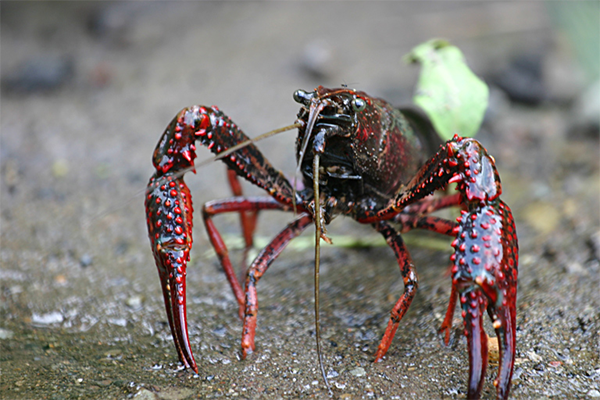
Researchers from Japan have identified genes that allow the red swamp crayfish to develop cold tolerance and spread globally as an invasive species.
The red swamp crayfish (Procambarus clarkii) has successfully colonized habitats much colder than their original habitats of the southern United States and northeastern Mexico. Factors allowing the species to thrive, and develop a resistance to cold waters, have been thus far elusive.
A group of researchers from Japan – including Dr. Daiki Sato, assistant professor in the Graduate School of Science of Chiba University, and Professor Takashi Makino from Tohoku University – sought to study the genetic factors allowing this remarkable adaptability. Their study was published in the Aug. 18 issue of the journal iScience.
“Although the red swamp crayfish has been a well-known and notorious invasive species in Japan for quite some time, nobody has examined its genomic and transcriptomic characteristics that contribute to its invasiveness yet, thus motivating us to pursue this study,” said Prof. Makino. “We feel our study has far-reaching ecological implications.”
The researchers compared differences in cold tolerance and related genetic characteristics, as well as the effects of natural selection by comparing changes in gene sequences among the samples.
Their results provide insights into the molecular mechanisms adopted by invasive species to develop cold resistance and contribute to our understanding of invasive species and how to prevent their spread and protect global biodiversity.
Now that you've reached the end of the article ...
… please consider supporting GSA’s mission to advance responsible seafood practices through education, advocacy and third-party assurances. The Advocate aims to document the evolution of responsible seafood practices and share the expansive knowledge of our vast network of contributors.
By becoming a Global Seafood Alliance member, you’re ensuring that all of the pre-competitive work we do through member benefits, resources and events can continue. Individual membership costs just $50 a year.
Not a GSA member? Join us.
Author
Tagged With
Related Posts
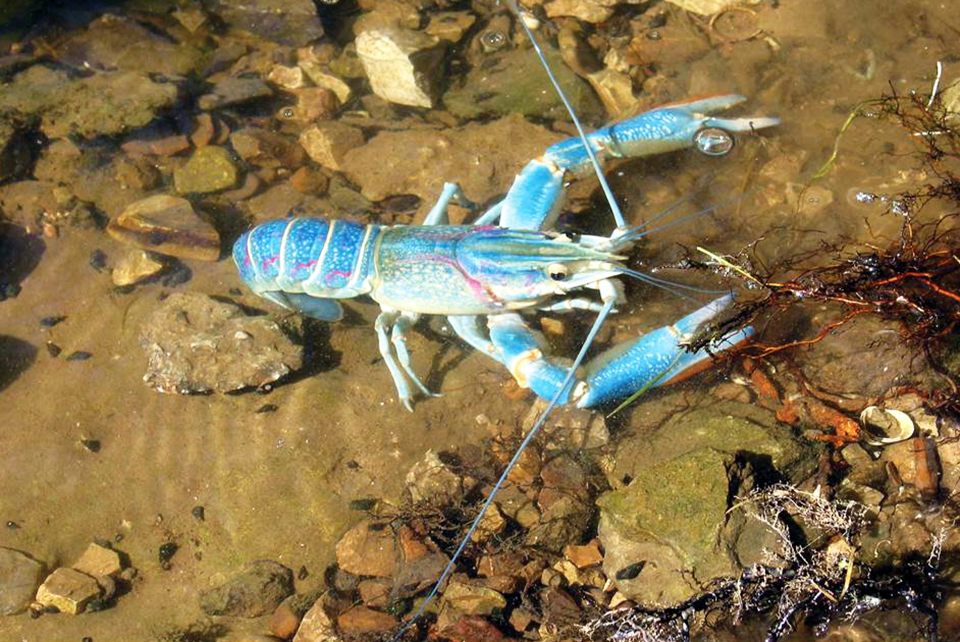
Health & Welfare
Diets for pond-raised red claw crayfish
Red claw crayfish have numerous attributes that make the species a good choice for aquaculture, including flexibility in feeding that may allow expensive prepared diets to be supplemented or replaced by natural foods or forages.
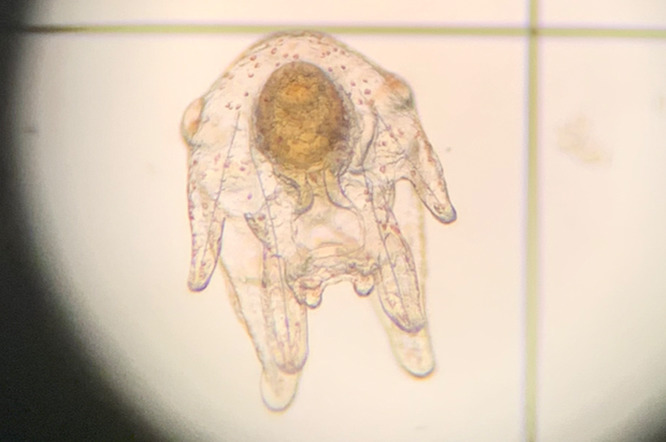
Intelligence
An urchin opportunity awaits in New England
To both restore waterways and meet a growing demand for the so-called “foie gras” of the sea, researchers are stepping up efforts to restore green sea urchins.
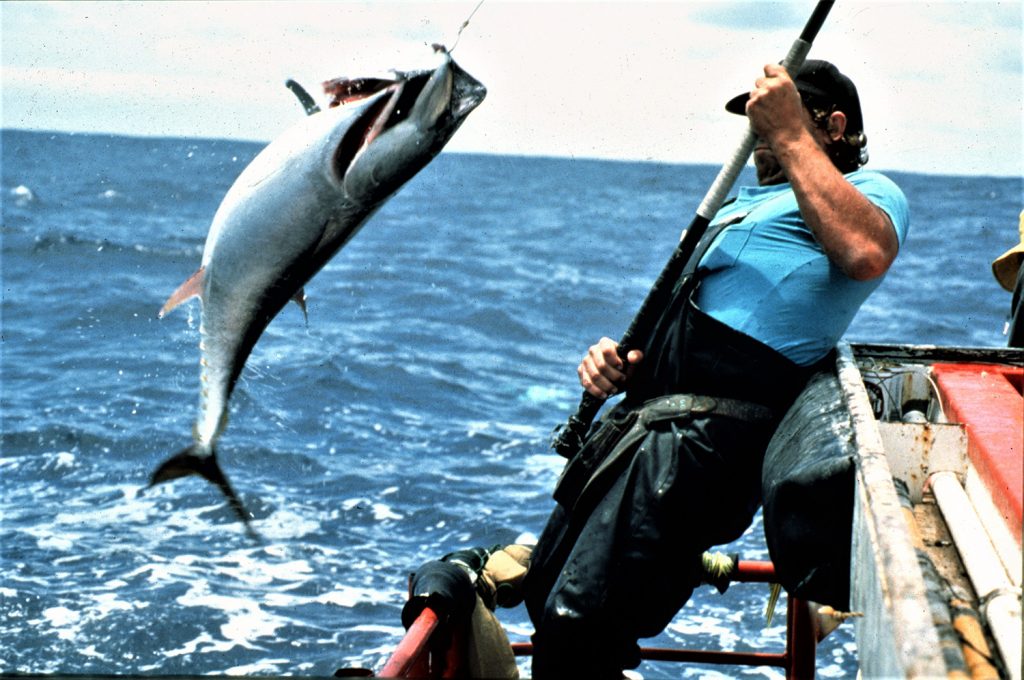
Fisheries
Genomes of various major fish species in world fisheries and aquaculture
Study assesses the use of genetic resources and the applications and challenges of genomics in aquaculture and fisheries.
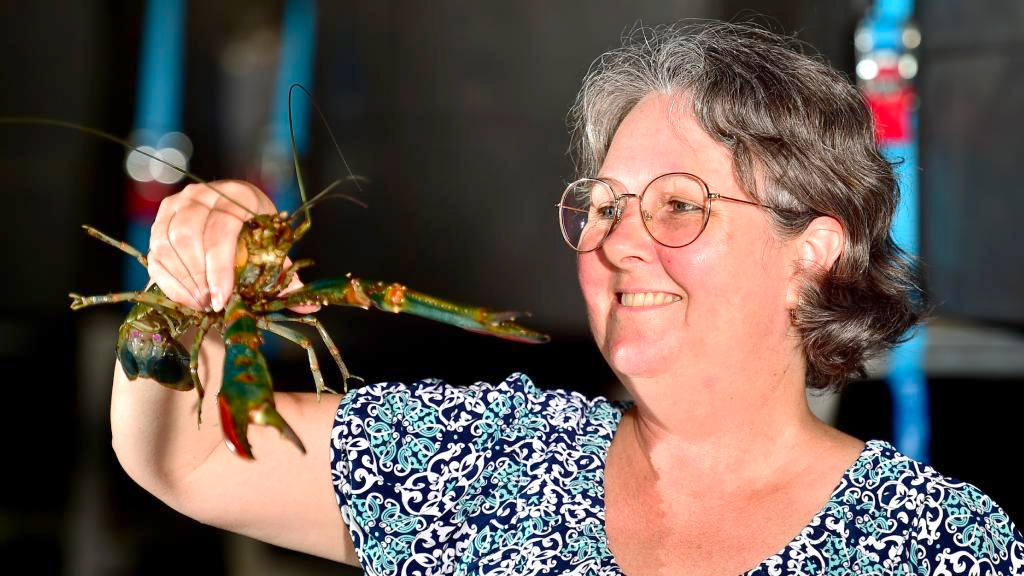
Innovation & Investment
In Australia, aquaculture is looking up – and ahead
Pathogen-resistant crawfish and microencapsulated aquafeed supplements are two examples of how Australia’s aquaculture industry is always innovating.



